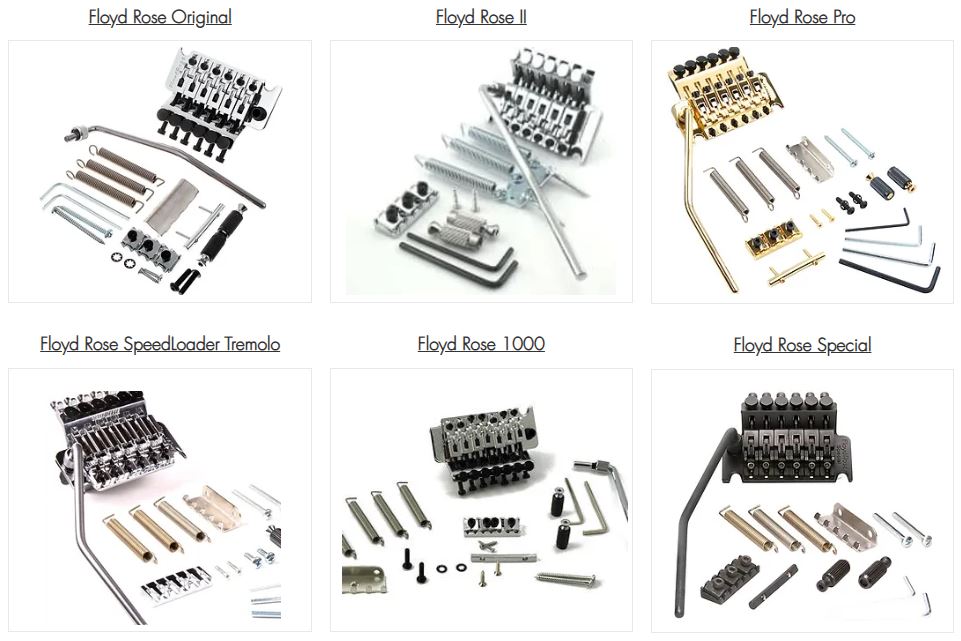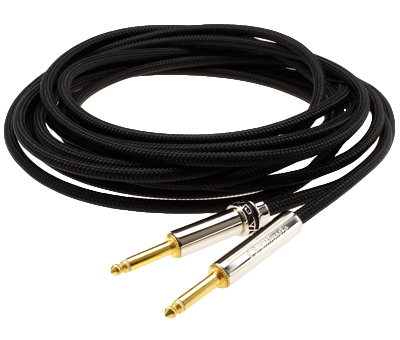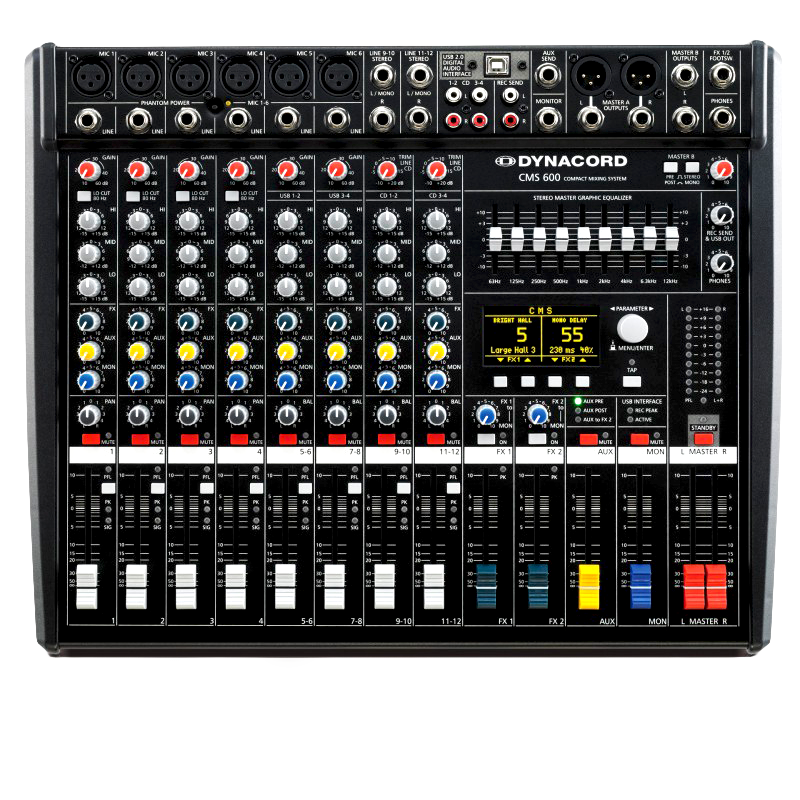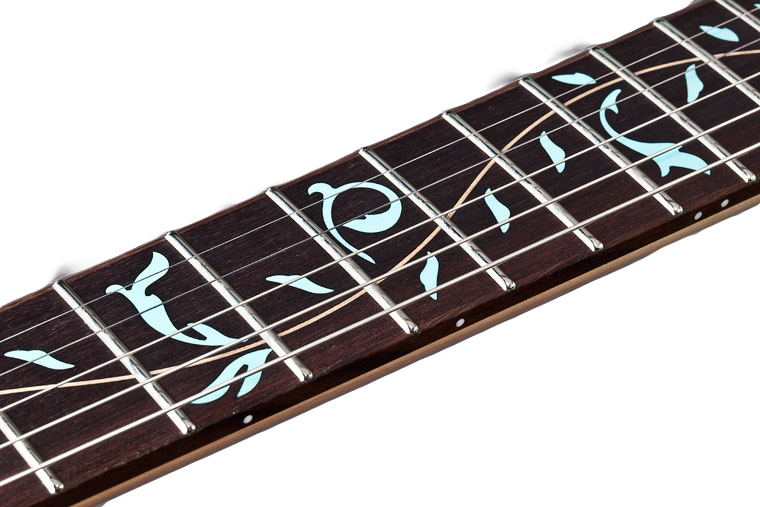Guitar Bridges

Guitar Bridges
GUITAR BRIDGES
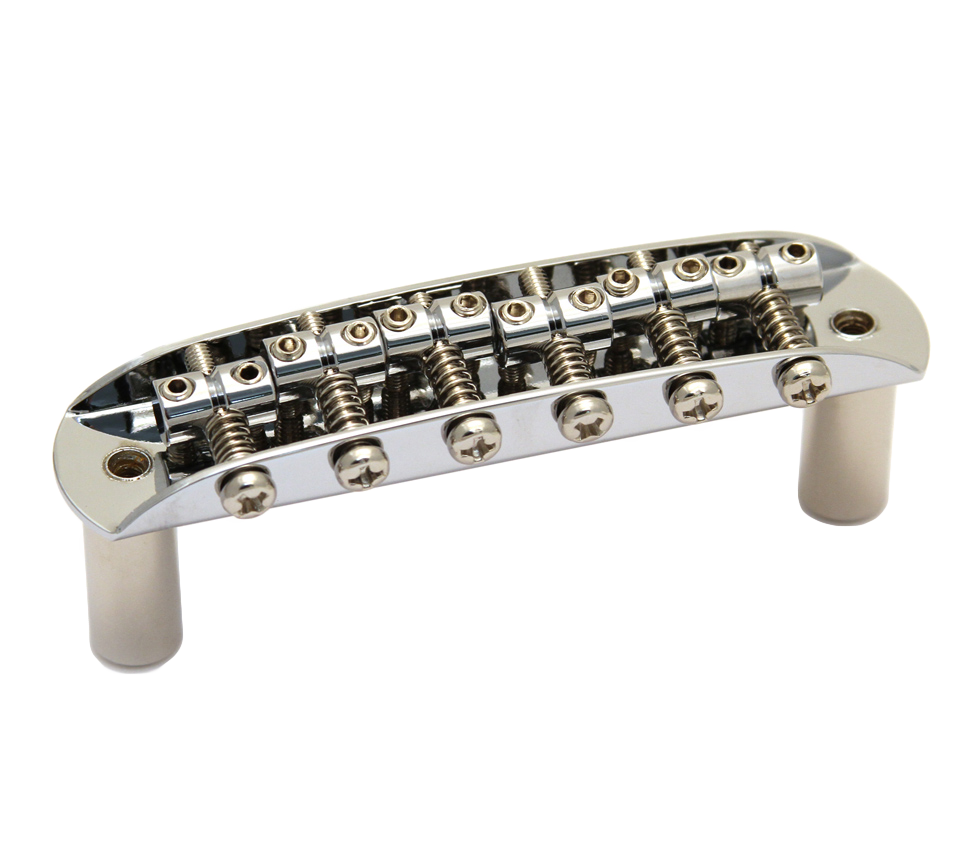
WHAT IS A GUITAR BRIDGE?
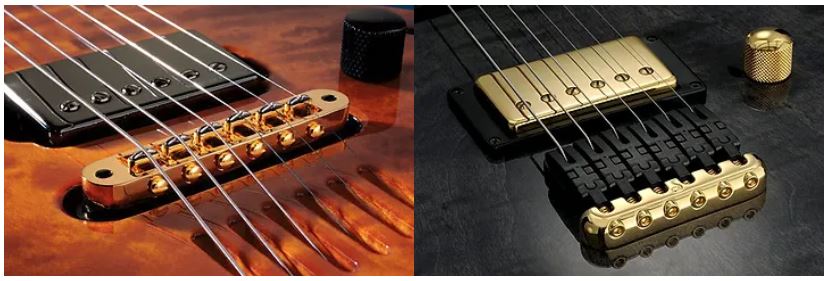
The Bridge of a guitar is the device that supports and holds the strings in place from the body end, while transmitting the vibrations of the strings to the soundboard - Top of the guitar, transferring the sound to the surrounding air.
The Acoustic Guitar bridges are pretty standard and simple in design; the bridge holds the strings in place while a thin piece called the saddle raises the strings just slightly above the bridge and conveys the string vibrations to the bridge.
The Electric Guitar bridges though, are a bit more complex in construction and offer a few more variations, with different features and specifications.
ACOUSTIC GUITAR BRIDGE
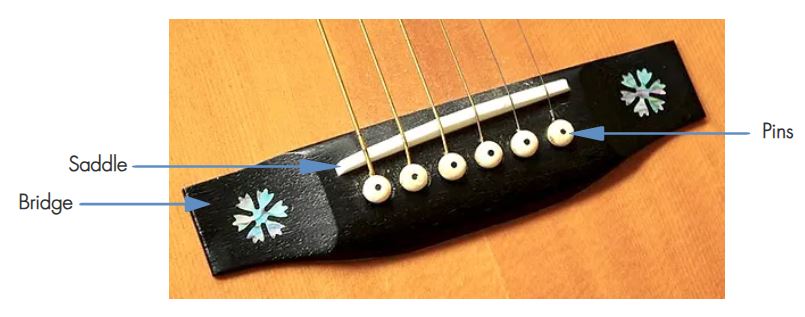
The bridge on an acoustic Guitar is made with various tonal-woods and is a pretty simple device that is placed at the body end, holding the strings in place with pins.
The important part to an acoustic bridge design is the saddle. The Saddle is the raised piece, that lifts the strings slightly. This is an important part to the bridge as it is working directly with the tuners end that holds and winds the strings to tune, and aligns the strings at a specific raised height along the fretboard and frets.
There are three different types of saddles, all with different attributes, that could be attached to the bridge: -
The Drop In Saddle:
- This is the most basic saddle type that sits in a routed slot, and has little to no flexibility. Once this saddle has been installed it is very difficult to remove and is advised that it is done by an expert if needed.
The Compensated Saddle:
- These saddles allow you to adjust the point of contact which changes the length of the strings. These saddles gives an artist the ability to tweak the intonation providing more control.
Note: - Intonation, in music, is a musician's realization of pitch accuracy, or the pitch accuracy of a musical instrument. Intonation may be flat, sharp, or both, successively or simultaneously.
The Adjustable Saddles:
- These saddles use two screws to control elevation. They really should only be played by more advanced players that have experience using these type of saddles, as they can be more temperamental if not set correctly, producing a questionable tone.
ELECTRIC GUITAR BRIDGES
The type of bridge installed on your electric guitar plays a huge role and impacts the overall sound and performance in a big way.
Understanding the features and characteristics of each type of bridge, will help you understand your bridges capabilities and if you found the urge to upgrade; knowing the various bridge specs will help identify the one most suitable to your needs.
FIXED HARDTAIL BRIDGE

So, a "Fixed" bridge is the simplest Electric Guitar bridge available. Once it is installed and set up correctly, it does not move and needs very little maintenance. Now, there are a couple of types of fixed bridges that differ slightly in design. The first of these is the "Hardtail" (Fender type) This bridge comprises of a plate, screwed onto the body of the guitar, with six individual adjustable saddles for string placement. The adjustable saddles give an artist the ability to adjust string height and intonation with ease. This particular type of bridge is commonly found on Fender Stratocasters.
A good bridge type to choose if you're a beginner guitarist, because it requires less maintenance; is less complicated and hassle free than that of a more complex bridge type.
FIXED TUNE-O-MATIC BRIDGE

The Tune-O-Matic bridge is another fixed bridge design that is commonly found and associated with Gibson Guitars.
A Tune-O-Matic bridge comprises of individual saddles for string adjustment, but has a pair of posts set on each side, that can be lowered and raised. There are more intricate adjustments to the Tune-O-Matic design and it does provide a sharper string break in comparison to a hardtail bridge.
There are currently two types of Tune-O-Matic bridges available; the 'Stop Bar' tailpiece and 'String-Through-Body' designs.
Stop Bar Tailpiece
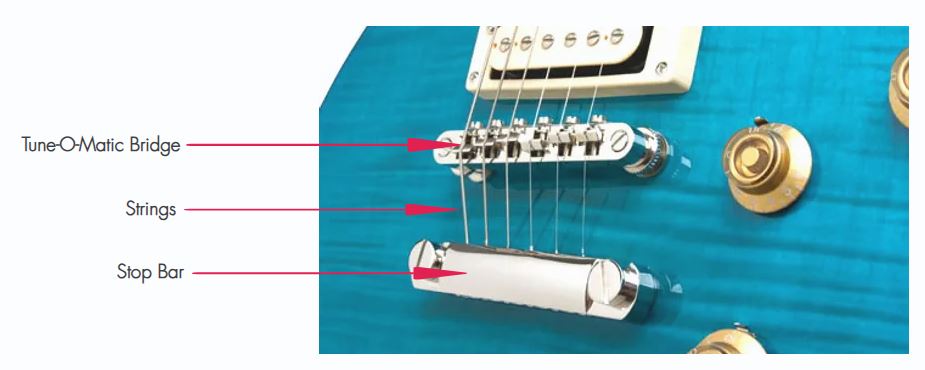
The Stop Bar design is typically a Tune-O-Matic bridge that is accompanied by a 'Stop-Bar' tailpiece that anchors the strings into it.
String-Through-Body
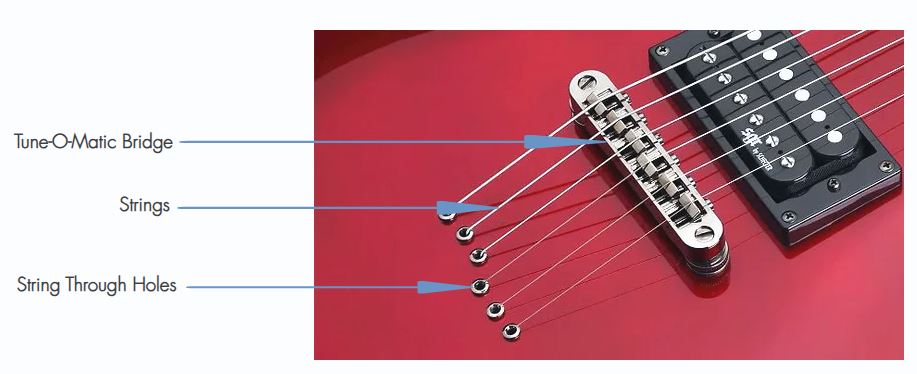
The String-Through-Body design basically does not have the stop bar at the tailpiece; instead, the strings run through small holes into the body itself. This design has become popular in recent years and is especially popular with Schecter Guitars.
TREMOLO BRIDGES - WHAMMY BAR

Tremolo Bridges add vibrato to the sound by changing the tension of the strings, using a controlling lever ('Whammy Bar') that is placed at the tailpiece of the bridge.
The Tremolo Bridge gives guitarists direct control over the pitch of the strings and can be used to create a wide range of sounds.
There are typically 2 types of Tremolo Bridge systems that could be installed; Non-Locking & Locking Tremolo Bridges.
Non-Locking Tremolo Bridge
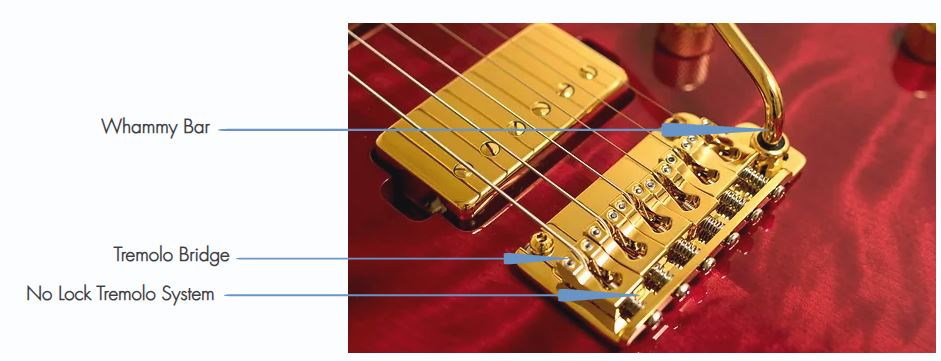
A non-locking Tremolo system attaches the strings to the bridge, which can then be moved using a spring Tremolo Arm (Whammy Bar) to increase and decrease the tension of the strings, which affects & changes the pitch of the string when played. These type of bridges allow for effects similar to that of bendings strings. The non-locking system does come with its challenges though; stretching & releasing strings can cause them to go out of tune the more the tremolo is used. The more the strings are stretched, the harder it becomes to tune them in again. Notable players of non-locking Tremolo Bridges is Paul mcCartney, Keith Richards and Mark Knopfler.
Locking Tremolo Bridge
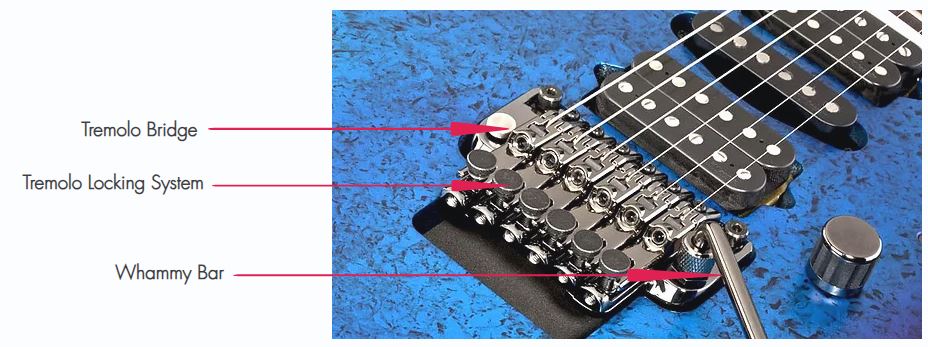
A Locking Tremolo System is essentially a combination in design of the tremolo & standard bridge while providing a balance from both. The Locking System still provides the guitarist complete control over the pitch and tension while typically holding in tune more consistently, & are more reliable than the non-locking bridge.
FLOYD ROSE BRIDGE

The Floyd Rose Bridge design made it's break into the market shortly after the standard Locking Tremolo Bridge launched in the 70's. It became hugely popular during the 80's when high class guitarists like Eddie van Halen, Joe Satriani & Steve Vai were recorded using these bridges and becoming all time fans.
The reason for the popularity rise and the shift in Floyd Rose becoming the top of the range option in bridges; it's in the design and functionality - created to hold the strings in tune even during extreme pitch changes. The Floyd Rose Bridge has the ability to stabilise tuning through it's double locking system which includes a locking nut, that uses three clamps to sandwich the strings in place; preventing them from moving, which eliminates the major source of friction that leads to strings going out of tune.

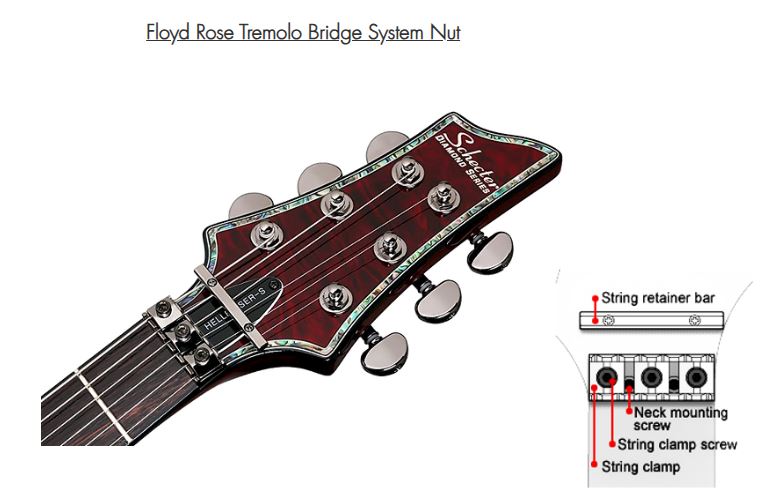
The Floyd Rose Bridge balances on a pivot point that is pulled counterclockwise by the strings tension and clockwise by one of the five springs. The strings are locked tightly with a special mechanism at the nut and bridge; hence "double-locking" feature. This is the main advantage of the Floyd Rose vibrato system. This particular design prevents the strings from going out of tune even through large pitch changes. Some players have found the tone of the Floyd Rose bridge to be 'thin' leading to the incorporation of replacement sustain blocks, which assist in providing a preferable change in tonal quality.
FLOYD ROSE MODELS
